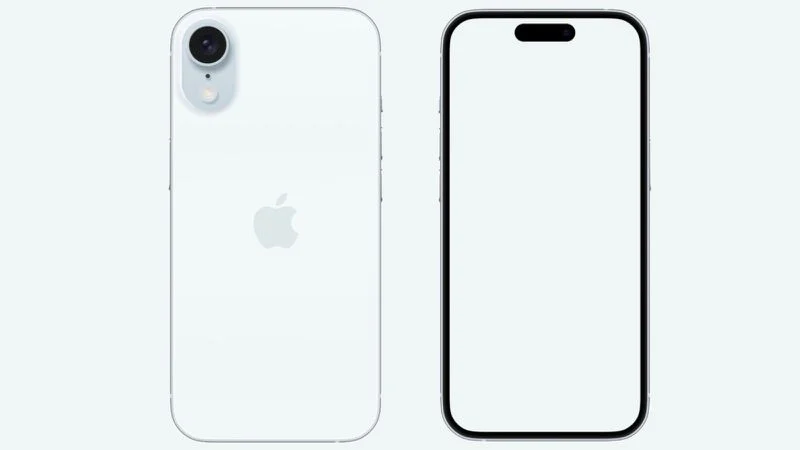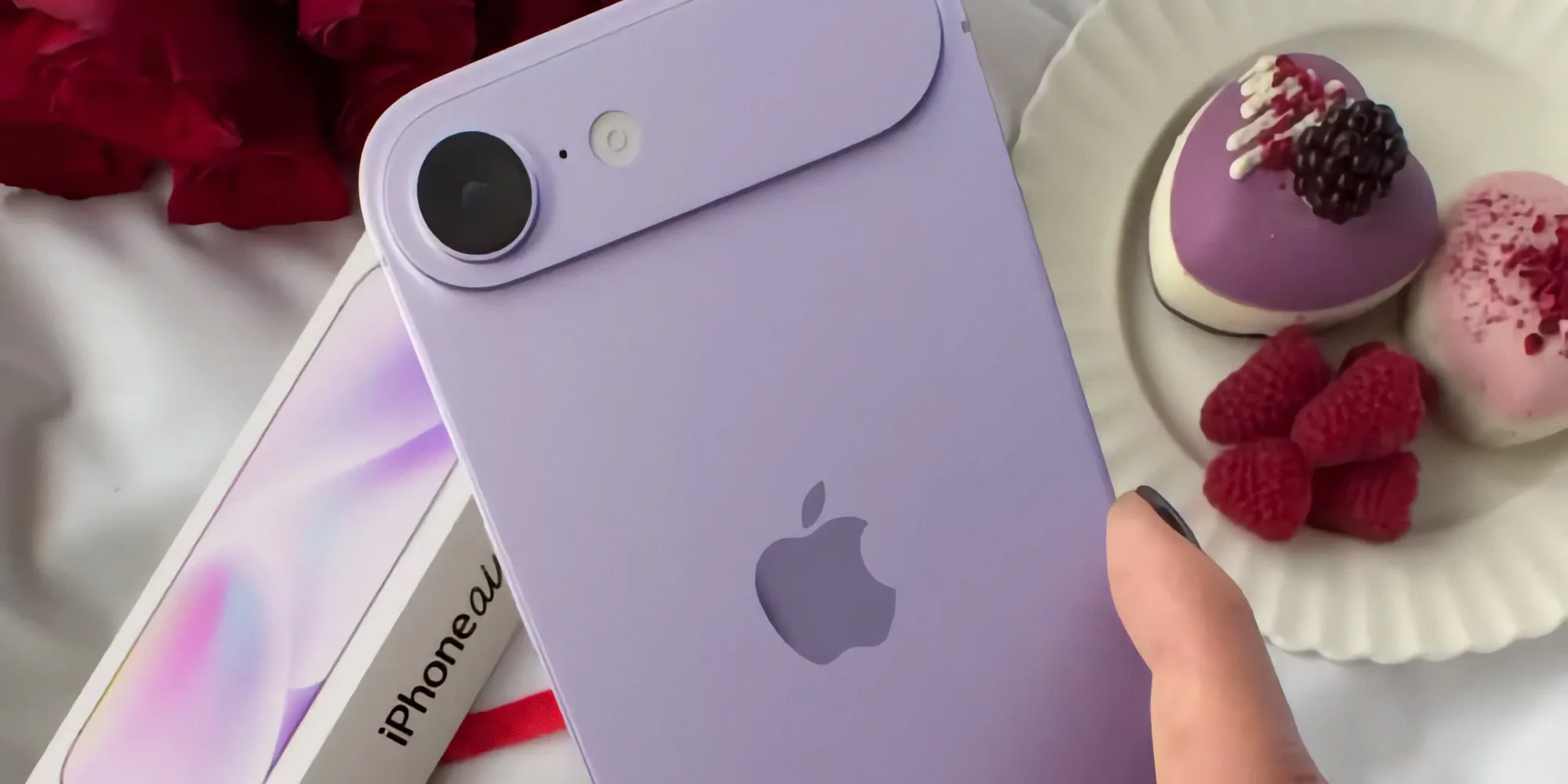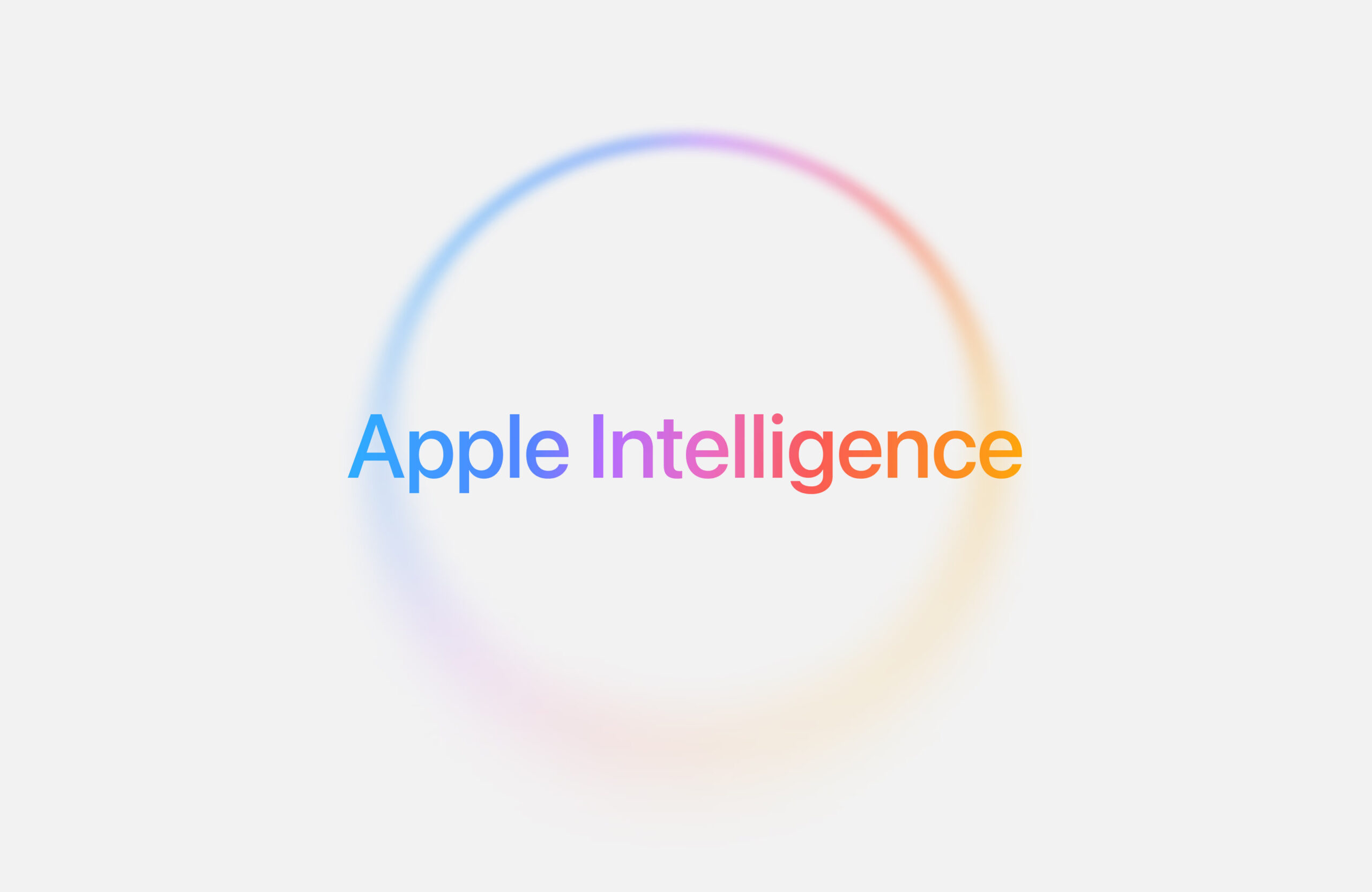The iPhone SE 4 is set to hit the market this week, bringing with it a new look, a powerful A18 chip, and complete support for Apple Intelligence. But there’s one thing many are wondering: will it finally have more storage than the 64GB we’ve seen before?
Will the iPhone SE 4 Still Start at 64GB?
When the iPhone SE 2 came out in 2020, it started with 64GB of storage for $399. You could pay more for 128GB or 256GB if you needed extra space. The current iPhone SE 3 from the same year has the same starting storage but at a slightly higher price of $429.
There’s been talk around, including a not-so-reliable leak from a Chinese store, suggesting the new model might stick with 64GB (as reported by MacRumors). But I wouldn’t trust this information too much since it might just be a guess while we wait for Apple’s official word.
The Case for More Storage
Apple Intelligence, a new feature, needs about 7GB of storage on your phone. That’s quite a lot, especially if you only have 64GB to start with. Given this, it seems reasonable to expect that Apple might bump up the base storage to 128GB for the iPhone SE 4. Apple has adjusted hardware for new features before, so it wouldn’t be surprising if they do it again.
While I might be wrong, I’m betting on a larger base storage for the new iPhone SE.
Looking at Other iPhones
It’s worth noting that Apple moved away from offering 64GB as the lowest storage option on its top-tier iPhones starting with the iPhone 13 in 2021, which suggests a trend towards providing more storage out of the box.
In conclusion, the iPhone SE 4 could be the model where Apple decides it’s time to offer more than just 64GB right from the start, aligning with the needs of modern smartphone users and its own technological advancements.





